"Treasures of Heaven" @ British Museum
LONDON - The British Museum’s major summer exhibition explores the spiritual and artistic significance of Christian relics and reliquaries in medieval Europe. Featuring some of the finest sacred treasures of the medieval age, Treasures of Heaven: saints, relics and devotion in medieval Europe will give visitors the opportunity to see objects from more than forty institutions, many of which have not been seen in the UK before, brought together for the first time.
The exhibition will largely draw on the pre-eminent collections of the British Museum, the Cleveland Museum of Art, Ohio, and the Walters Art Museum, Baltimore. Rare loans from the Vatican, including from the private chapel of the popes, the Sancta Sanctorum, as well as from lesser-known European church treasuries will also be on display. A variety of objects such as manuscripts, prints and pilgrim badges will be exhibited alongside the relics and reliquaries themselves, adding depth and context to the exhibition’s examination of this critical aspect of European history.
The exhibition will trace the development of reliquaries from simple containers housing human remains to objects of enormous ritual importance and artistic significance. Whilst the majority of objects date from between approximately 1000–1500 AD some of the earliest pieces include a late Roman sarcophagus dating from between 250–350 AD. Sacred items related to Christ or the saints were first used during the early medieval period as a focus for prayer and veneration by Christians throughout Europe. Relics were usually human body parts, or material items sanctified through their contact with holy persons or places. This exhibition will feature a very broad range of the kinds of relics which were venerated, including three thorns thought to be from the Crown of Thorns, the breast milk of the Virgin Mary, and the Mandylion of Edessa; one of the earliest known likenesses of Jesus.
The beauty of a reliquary was intended to reflect the spiritual value of what it contained, and so reliquaries were made of the highest quality, often crafted in precious metals by extremely skilled goldsmiths. Exceptional examples include the arresting twelfth century bust reliquary of St Baudime from St Nectaire in the Auvergne, which once contained a vial of the saint’s blood and is shown for the first time in Britain. Equally magnificent is the British Museum’s bejewelled Holy Thorn reliquary (1390-97) that still retains its sacred relic taken from the Crown of Thorns, set amid an enamelled representation of the Last Judgement.
During the medieval period relics and reliquaries were used in a variety of different ways, both to bolster dynastic prestige and as small-scale personal symbols kept or worn in reverence to the power of the saints. In medieval Europe the political and the religious were indivisibly linked and relics were often used to serve a purpose far beyond that of private devotion; a city’s importance could be measured by the number or significance of relics held there. This is exemplified by one of the exhibition’s prize pieces, the splendid arm reliquary of St George, which has been housed in the Treasury of St Mark’s in Venice since the Sack of Constantinople during the Fourth Crusade in 1204.
Treasures of Heaven will look closely at both public and private forms of relic veneration, focussing on the different ways reliquaries were used and the impact this had on their design. The objects on display will range from small portable reliquaries in the form of jewellery, such as a pendant reliquary housing a single holy thorn, to large containers opulently adorned with gems, silver and gold.
This exhibition will also consider the role that saints’ relics and shrines played at the centre of major sites of Christian pilgrimage throughout Europe during the medieval period. Particular attention will be paid to two British saints and the cults associated with them at Durham (St Cuthbert) and Canterbury (St Thomas Becket). The lavish house-shaped shrine of St Amandus from the Walters Art Museum will serve as a valuable indication of the scale and appearance of a typical saint’s shrine.
The exhibition will close by examining anti-relic movements associated with the northern European reformation of the sixteenth century. It will also allude to the continuing practice of relic veneration today, exploring the spiritual relevance of relic veneration in contemporary Christian worship.
Treasures of Heaven has been organised with the Walters Art Museum, Baltimore and the Cleveland Museum of Art.
Sponsored by John Studzinski
In association with William and Judith Bollinger, Singapore, Betsy and Jack Ryan, Howard and Roberta Ahmanson and The Hintze Family Charitable Foundation.
Pied noir: reliquary of St Blaise, a 4th century Armenian bishop, made in Namur, Belgium, c.1260 when his cult was at it height. It may have contained other relics as well as his foot.
Reliquary of the arm of St George. British Museum © The Trustees of the British Museum
This bust contained a vial of St Baudime’s blood.
Arm Reliquary of the Apostles, German, c 1190 © The Cleveland Museum of Art
This reliquary belongs to a class of objects often referred to as body-part, shaped, or 'speaking' reliquaries. Imitating the form of a lower arm with an outstretched right hand, such objects were used by clerics to animate a saint's body during liturgical celebrations. In this way, the saint could literally bless, touch, and heal the faithful with his own hand.
Reliquary bust of an unknown female saint, probably a companion of St Ursula. South Netherlandish, c. 1520–1530. © The Metropolitan Museum of Art, New York.
Gable-end reliquary, Mosan, Belgium, c 1170 © The Trustees of the British Museum.
Panel of the Triumphant Christ from St Oda Reliquary, Mosan, Belgium, 12th–13th century © The Walters Art Museum, Baltimore.
Like many surviving works of medieval art, gable-shaped reliquaries such as this and the next image are the product of a number of medieval and modern alterations. The panel showing Christ treading on the lion and the serpent was originally part of an 11th or early 12th-century work, perhaps a reliquary or an altar frontal.

/https%3A%2F%2Fprofilepics.canalblog.com%2Fprofilepics%2F1%2F0%2F100183.jpg)
/https%3A%2F%2Fstorage.canalblog.com%2F03%2F02%2F119589%2F96711876_o.jpg)
/https%3A%2F%2Fstorage.canalblog.com%2F11%2F31%2F119589%2F94773502_o.jpg)
/https%3A%2F%2Fstorage.canalblog.com%2F20%2F83%2F119589%2F94772815_o.jpg)
/https%3A%2F%2Fstorage.canalblog.com%2F26%2F72%2F119589%2F75604929_o.jpg)
/https%3A%2F%2Fstorage.canalblog.com%2F59%2F60%2F119589%2F26458628_o.jpg)
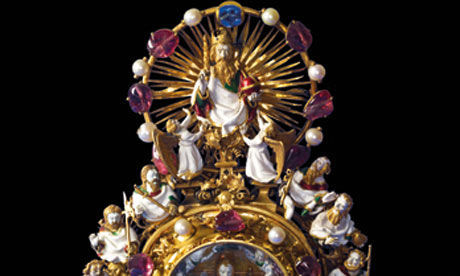









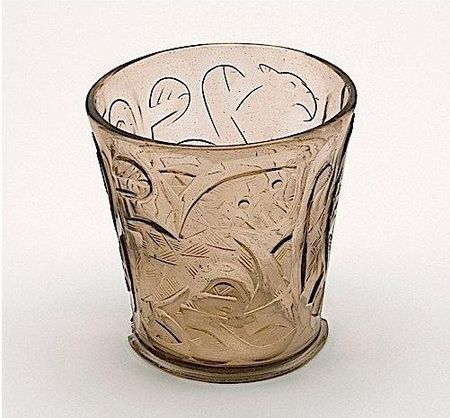
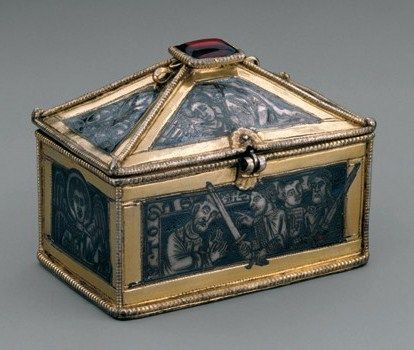


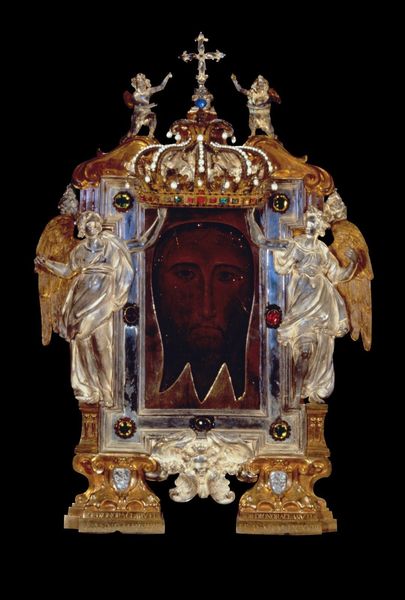
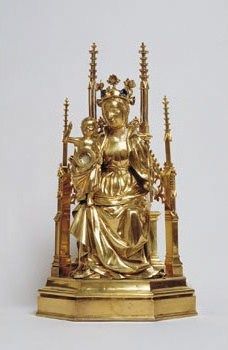


/http%3A%2F%2Fstorage.canalblog.com%2F78%2F82%2F119589%2F75658544_o.jpg)
/http%3A%2F%2Fstorage.canalblog.com%2F86%2F88%2F119589%2F75657078_o.jpg)
/http%3A%2F%2Fstorage.canalblog.com%2F36%2F44%2F119589%2F72044709_o.jpg)
/http%3A%2F%2Fstorage.canalblog.com%2F61%2F01%2F119589%2F30385638_o.jpg)